Product description
The African tamarind or tamarind (Tamarindus indica L.) is usually an evergreen legume. It grows slowly, up to 25-30 meters tall and can live up to 200 years. The leaves are compound, divided into 10-18 opposite and elongated leaflets. The orange-yellow or pink flowers are grouped in racemes. Fruits appear 7-12 years after sowing. They are rusty pods, 10-
Length 18 cm x width 2 cm (NRC, 2008). The pods contain a sour pulp that surrounds the seeds. They are edible and used in many culinary recipes around the world.
Distribution
Tamarind is native to the drier savannahs of East Africa and Madagascar. It may have been introduced into tropical Asia by Arab traders (Ecoport, 2009).
It is now widespread throughout the tropics. It is very common in Central America and the Caribbean and is cultivated in Australia and Florida. It can withstand drought by shedding its leaves, as well as short occasional floods and light salt sprays (near sea shores). It is very sensitive to frost and does not grow well below 7°C.
Its pods can be used as animal feed.
The tree normally yields about 150 kg of pods/year, but this can reach 200-300 kg (Orwa et al., 2009; Coronel, 1991).
Environmental impact
Because of its deep roots, tamarisk is suitable for stabilizing soils and creating windbreaks. It is also an antipyretic plant, while grass does not grow under its dense crown (Ecoport, 2009).



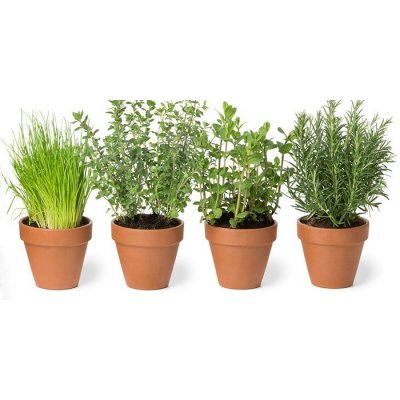
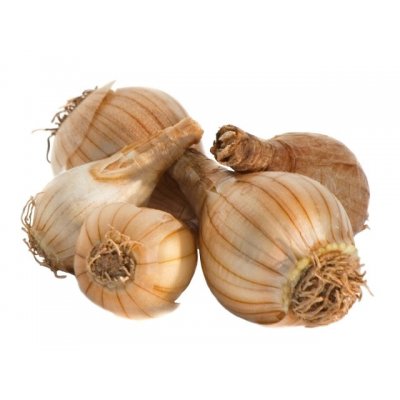
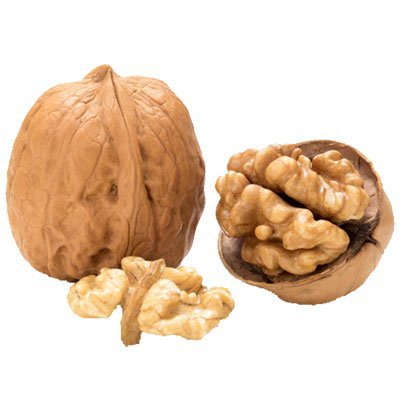

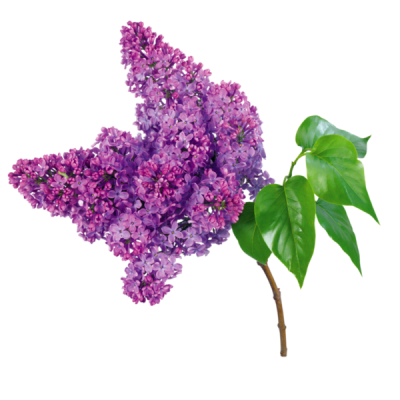
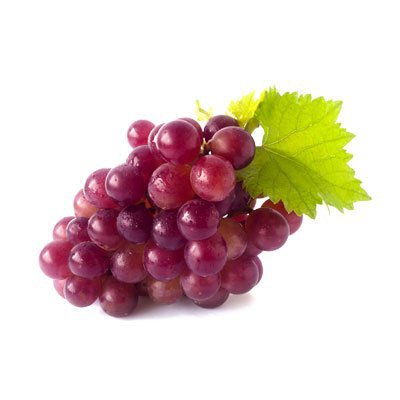
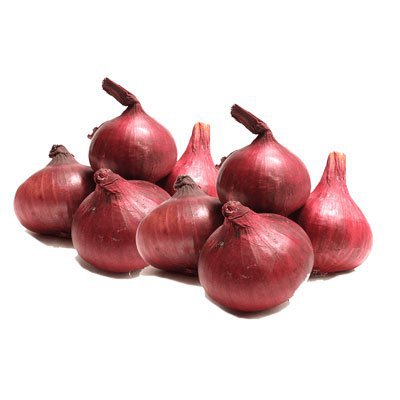
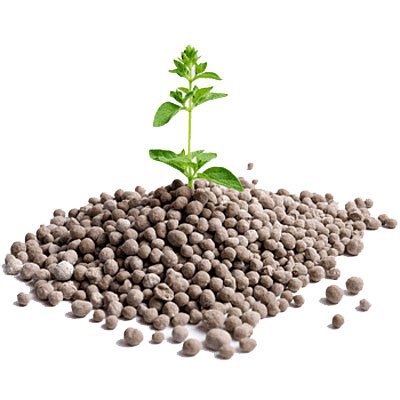
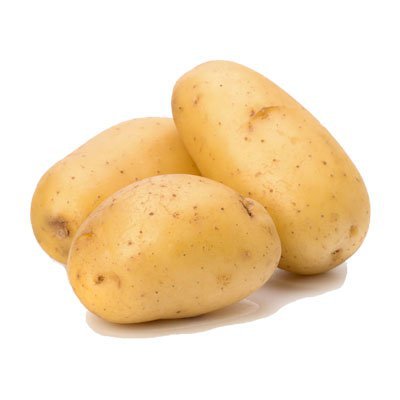
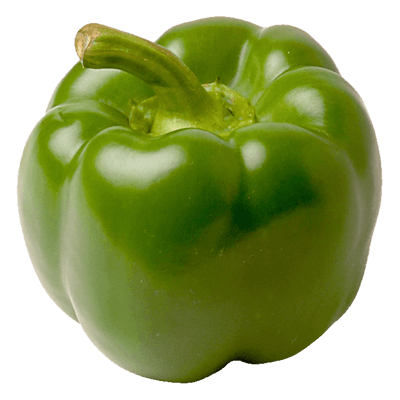


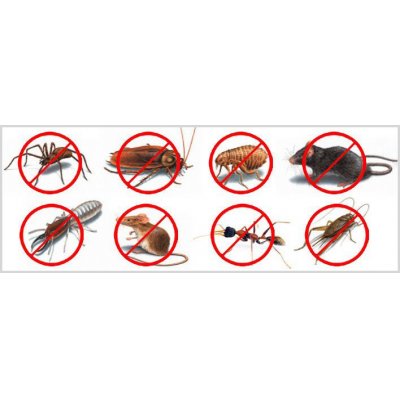
 Forest Fruit Plants
Forest Fruit Plants Spice Herbs Medicinal seeds
Spice Herbs Medicinal seeds Bulbs
Bulbs Fruit Trees
Fruit Trees Garden Materials
Garden Materials Ornamental Plants
Ornamental Plants Grapevine Plants
Grapevine Plants Onion Set
Onion Set Fertilizers
Fertilizers Potato seed
Potato seed Seeds
Seeds Roses
Roses Tropical Plants
Tropical Plants Home Pesticides
Home Pesticides











